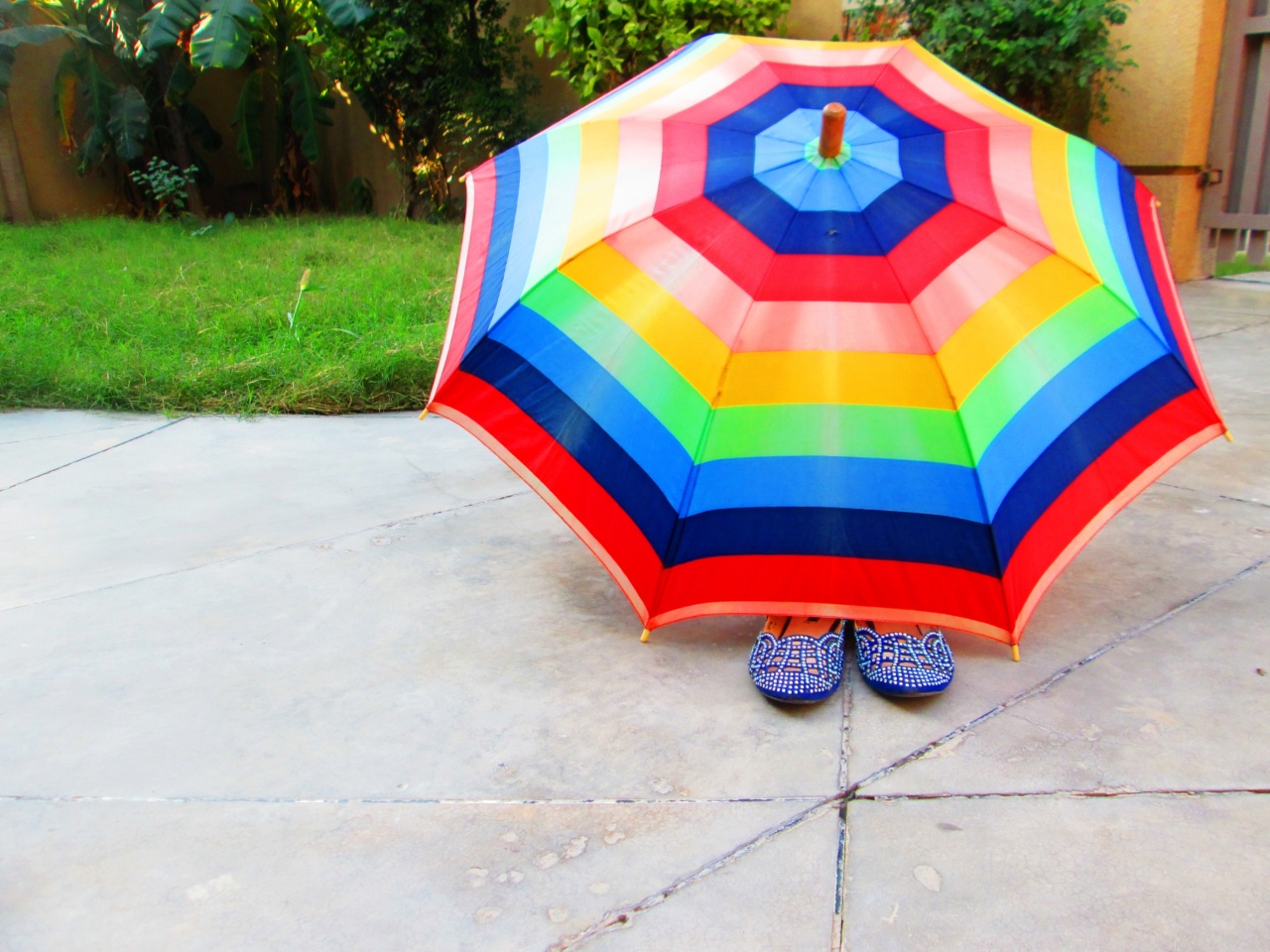Sun protection is an essential part of maintaining healthy skin and preventing harmful effects of the sun’s rays.
Understanding the importance of sun protection and adopting appropriate measures can greatly reduce the risk of sunburns, premature aging, and even skin cancer. In this article, we will discuss everything you need to know about sun protection, including why it is necessary, different types of sun protection products, how to choose the right level of protection, and tips for effective sun protection.
Why is Sun Protection Necessary?
The sun emits ultraviolet (UV) radiation, which consists of UVA and UVB rays. These rays can penetrate the layers of the skin and cause various damages.
Overexposure to the sun can lead to sunburns, tanning, wrinkles, age spots, and can even weaken the skin’s immune system. Prolonged and unprotected exposure can also lead to the development of skin cancer, including both melanoma and non-melanoma types.
Types of Sun Protection Products
There are various sun protection products available in the market to shield the skin from harmful UV radiation. Some of the commonly used products include:.
1. Sunscreens
Sunscreens are topical products that absorb or reflect the sun’s UV rays. They typically contain either organic (chemical) or inorganic (physical) filters to provide protection.
Organic filters absorb the UV rays, while inorganic/physical filters reflect them. It is important to choose a broad-spectrum sunscreen that protects against both UVA and UVB rays. Sunscreens are available in different strengths, indicated by the Sun Protection Factor (SPF) rating.
2. Sunblocks
Sunblocks, also known as physical sunscreens, are formulated with minerals like zinc oxide or titanium dioxide that form a physical barrier on the skin’s surface. These minerals reflect and scatter the UV rays, offering broad-spectrum protection.
Sunblocks are often recommended for individuals with sensitive skin or those prone to allergies, as they are less likely to cause skin irritation.
3. Sun Protective Clothing
Sun protective clothing is specifically designed to block the sun’s harmful rays. These garments typically have a high Ultraviolet Protection Factor (UPF) rating, which indicates the amount of UV radiation that can penetrate the fabric.
UPF clothing can include long-sleeved shirts, pants, hats, and sunglasses with UV protection.
Choosing the Right Level of Protection
When selecting sun protection products, it is essential to consider your skin type, the intensity of sun exposure, and the overall UV index. Here are some factors to keep in mind:.
1. Skin Type
Individuals with fair skin are more susceptible to sunburns and skin damage. If you have fair skin, it is advisable to opt for sunscreens with higher SPF ratings and seek shade during peak sun hours.
Those with darker skin tones should also use sun protection products to prevent long-term damage.
2. Sun Exposure
If you spend significant time outdoors, consider using products with higher SPF ratings and reapplying them every two hours. Water-resistant formulas can be beneficial during activities involving water or excessive sweating.
3. UV Index
The UV index is a measure of the strength of the sun’s UV radiation. It is advisable to check the UV index for your location and plan outdoor activities accordingly.
When the UV index is high, it is crucial to take extra precautions and use higher SPF sunscreens.
Tips for Effective Sun Protection
1. Apply Sunscreen Correctly
For effective sun protection, it is crucial to apply sunscreen correctly. Use a broad-spectrum sunscreen with an appropriate SPF rating and apply it generously to all exposed skin.
Don’t forget areas like the ears, back of the neck, and tops of the feet. Reapply every two hours, or more frequently if swimming or perspiring heavily.
2. Seek Shade
To minimize sun exposure, seek shade, especially during peak hours when the sun’s rays are the strongest. Shade from trees, umbrellas, or protective clothing can offer additional sun protection.
3. Wear Protective Clothing
Opt for sun-protective clothing that covers as much skin as possible. Look for garments with a high UPF rating and materials that offer comfort and breathability.
Sunglasses with UV protection and wide-brimmed hats can also provide added protection for the eyes, face, and scalp.
4. Limit Sun Exposure
Limiting the amount of time spent in the sun, especially during peak hours, can significantly reduce the risk of sun damage. Plan outdoor activities early in the morning or later in the afternoon when the sun’s rays are less intense.
Conclusion
Sun protection is vital for maintaining healthy skin and preventing sunburns, premature aging, and skin cancer.
By understanding the importance of sun protection and following the tips mentioned above, you can ensure better protection against the harmful effects of the sun’s UV radiation. Choose the right sun protection products, use them correctly, and practice sensible sun habits to enjoy the outdoors safely.




























